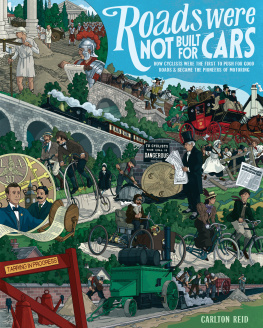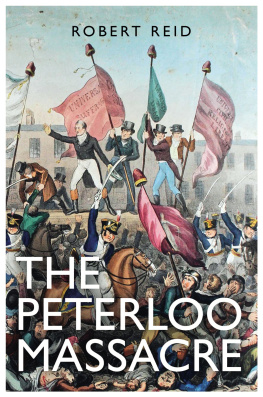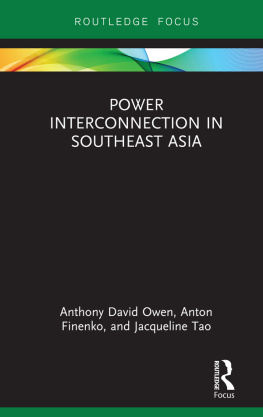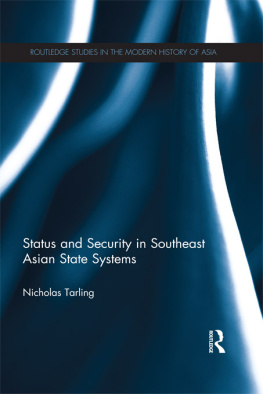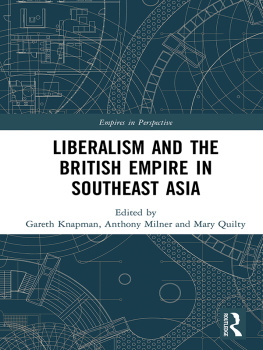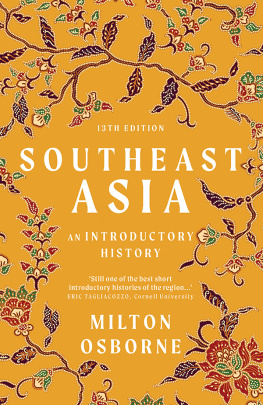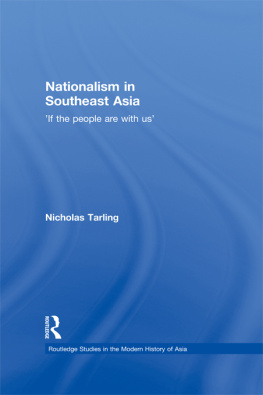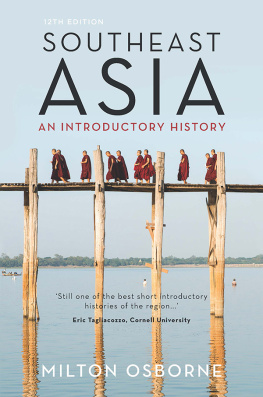CHARTING THE SHAPE
OF EARLY MODERN
SOUTHEAST ASIA
ANTHONY REID

CONTENTS
PREFACE
The essays in this volume represent the evolution of my thinking on early modern Southeast Asia over a long period, from 1975 to 1996. Of the twelve chapters, nine have appeared already in some form, though in most cases in places not readily accessible to the broader community of Southeast Asia scholars.
were presented at conferences in 19946, the first two in Bangkok and the last in Canberra, but have not been previously published.
The chapters have been arranged in roughly chronological order of their themes, not the order in which they were conceived. In fact the last chapter was the first to be conceived and delivered, at a time when I was just beginning to contemplate serious writing about the early modern period. Now that that chapter of my life is concluding, it seems timely to bring some of the different writings together.
I am particularly grateful to Clare Guenther for having systematized the references, compiled a single bibliography, and established some consistency of format. Through her efforts this has become a book rather than a set of papers.
With gratitude I acknowledge the publishers of the original papers, for permission to reprint here: , Heavens Will and Mans Fault, Flinders Asian Studies Lecture 6, Adelaide: Flinders University, 1975.
Anthony Reid
MAPS, TABLES, ILLUSTRATIONS
MAPS
TABLES
ILLUSTRATIONS
GLOSSARY
Arya (J) | Aristocratic title |
Ata (Mak) | Slave, subject |
Babad (J) | Chronicle |
Bakufu (Jp) | Tokugawa administration |
Berkat (A/M) | Spiritual blessing |
Bupati (J) | Royal representative, local governor |
Cakravartin (S) | World-ruler |
Cash (A-I) | Copper or lead-tin alloy coin |
Cultuurstelsel (D) | [Forced] cultivation system |
Hikayat (M) | Story, chronicle |
Idulfitri (A) | Feast to mark the end of the fasting month |
Jong (J/M) | Junk; large trading vessel |
Kadi (A/M) | Judge in Islamic law |
Kafir (A/M) | Infidel; unbeliever |
Katipunan (Tag) | Abbreviation for Kataastaasan Kagalanggalang na Katipunan ng mga Anak ng Bayan, Highest and Most Respectable Sons of the People; revolutionary secret society |
Kiwi (M, from Ch) | Travelling merchant |
Khalif (A) | Representative (of the Prophet); head of the Muslim community |
Korakora (Maluku) | Sailing galley with outriggers |
Kramat (A/M) | Holy grave |
Kris (M/J) | Dagger |
Mandala (S) | Concentric diagram, Buddhist microcosm of the universe |
Naga (S) | Mythological snake |
Nakhoda (M) | Shipowner or owners representative on the ship; super-cargo. |
Orangkaya (M) | Aristocrat, generally with wealth from trade |
Orang asli (M) | Indigenous population of Malayan peninsula |
Petak (M) | Partition of cargo space on ship |
Pasisir (J) | Coastal lowlands (specifically northern coast of Java) |
Patih (J) | Title of governors, aristocrats |
Peranakan (M) | Local-born |
Perang sabil (M) | Holy war |
Priyayi (J) | Aristocrat |
Puputan (B) | Mass suicide |
Ratu adil (J/M) | [Messianic] righteous king |
Sakdina (T) | Merit points; system of social rank |
Sakti (S) | Power, especially spiritual |
Sangha (P) | The brotherhood of monks in Hinayana Buddhism |
Sejarah (M) | History |
Syahbandar (M) | Harbour-master |
Totok (Ch) | Newcomer, China-born Chinese |
Ulama (A/M) | Islamic scholars (plural in Arabic, but here used also for singular) |
A=Arabic, A-I=Anglo-Indian, B=Balinese, Ch=Chinese, J=Javanese, Jp=Japanese, M=Malay, Mak=Makasarese, P=Pali, S=Sanskrit, Tag=Tagalog, T=Thai
CHAPTER ONE
INTRODUCTION:
EARLY MODERN SOUTHEAST ASIA
T he early modern period is increasingly recognized as a watershed in human history. For the first time the world was physically united by the opening of direct trade routes between Europe and every other corner of the globe. Yet at least by the second half of the seventeenth century, it is now clear, northwestern Europe and Japan parted company from the other Eurasian civilizations to pursue their capitalist transformations. The relations between the countries of Europes Atlantic seaboard and the rest of the world became ever more weighted with inequality, not only in military effectiveness (the first sign to appear), but in productivity, technology, scientific method and eventually self-esteem.
While Europes miracle is difficult to disentangle from its military and economic domination of more populous quarters of the world, Japan followed a very different route. Isolating itself from all foreign contact save that provided by tightly-controlled Dutch and Chinese trade at Nagasaki, the Tokugawa shogunate unified the country, banned the use of firearms, and developed a flourishing urban economy which laid the basis for Japans twentieth-century rise. By holding its population constant while substantially increasing productivity and welfare, Japan achieved economic advances in the seventeenth and eighteenth centuries which matched those of the most advanced European countries (Smith 1988, 1549).
The Japanese case in particular, and the globalization of the issues in general by many of the most influential modern historians (Braudel, Wallerstein, Barrington Moore, Cipolla, Parker), have made it clear that the early modern period is critical for every part of the world. If the capitalist miracle was not limited to Europe, then each case needs to be studied with care to examine what happened and why. We can no longer think in simplistic terms of winners and losers, of capitalist Europe and a third world doomed to stagnation and poverty, but rather of a variety of ways of coping with the explosive forces at work in the period.

Map 1 Political centres of early modern Southeast Asia
Japan belatedly forced itself upon the attention of economic historians by its spectacular twentieth century performance, which undermined attempts to identify unique socio-cultural features of Europe which made capitalism possible. Although Japan was the first Asian country to complete the transition to industrial capitalism, it is certainly not the last. Southeast Asian economies too, led by Singapore, Malaysia and Thailand, have recently grown as rapidly as any known to history. There too economic confidence gives rise to intellectual confidence. Instead of the question what was wrong with Asian cultures, as was frequently asked only a few decades ago, attention begins to be paid to what is right about them. Neither question is helpful, but it is no longer possible to assume that the place of Asia in the static or declining third world was ordained by environment or culture.




